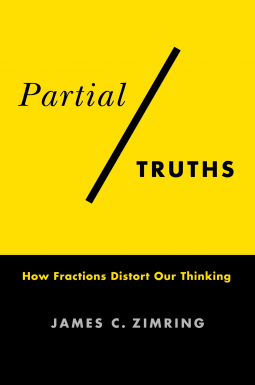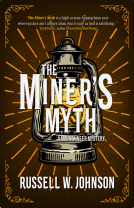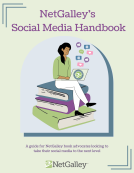
Partial Truths
How Fractions Distort Our Thinking
by James C. Zimring
This title was previously available on NetGalley and is now archived.
Send NetGalley books directly to your Kindle or Kindle app
1
To read on a Kindle or Kindle app, please add kindle@netgalley.com as an approved email address to receive files in your Amazon account. Click here for step-by-step instructions.
2
Also find your Kindle email address within your Amazon account, and enter it here.
Pub Date May 10 2022 | Archive Date Aug 17 2022
Talking about this book? Use #PartialTruths #NetGalley. More hashtag tips!
Description
James C. Zimring argues that many of the mistakes that the human mind consistently makes boil down to misperceiving fractions. We see slews of statistics that are essentially fractions, such as percentages, probabilities, frequencies, and rates, and we tend to misinterpret them. Sometimes bad actors manipulate us by cherry-picking data or distorting how information is presented; other times, sloppy communicators inadvertently mislead us. In many cases, we fool ourselves and have only our own minds to blame. Zimring also explores the counterintuitive reason that these flaws might benefit us, demonstrating that individual error can be highly advantageous to problem solving by groups. Blending key scientific research in cognitive psychology with accessible real-life examples, Partial Truths helps readers spot the fallacies lurking in everyday information, from politics to the criminal justice system, from religion to science, from business strategies to New Age culture.
Advance Praise
"In this brilliant follow up to What Science Is and How It Really Works, James Zimring engages the reader in a kind of detective story about the classic mistakes of human reasoning, due to our innumeracy. From bad social policy to pandemics to terrorism, he shows how human decision making often gets it so wrong. What I loved most about Partial Truths though is that he didn't just establish that we make errors, but why. This amounts to a handy, insightful, eminently readable guide to the intricate evolution of the human mind itself. If you enjoyed Daniel Kahneman's Thinking Fast and Slow, you'll love this book.
--Lee McIntyre, author of How to Talk to a Science Denier
Available Editions
| EDITION | Other Format |
| ISBN | 9780231201384 |
| PRICE | $28.00 (USD) |
Average rating from 8 members
Featured Reviews
I enjoyed this book. The book is really about biases but uses fractions as a discussion point. There is not a lot of math in the book; what little there is, is explained very well. The book has a conversational tone and the author shares some personal perspectives, which I usually appreciate. The writing is quite compelling, with some humor and clever wording. The endnotes are also worth reading, however, the endnotes that contain clarifications on the text are mixed in with the endnotes that only contain references and citations. I find this annoying in many books. I much prefer that clarifications or explanations appear as footnotes on the same page as the content. I quickly stopped checking the endnotes but scanned through them at the end and many were worthwhile reading. While the pacing of the book was quite good overall, I found that the book slowed down when the discussion turned to cognitive psychology. Nonetheless, the book was so good overall that it still merits 5 stars. Thank you to Netgalley and Columbia University Press for the advance reader copy.
Readers who liked this book also liked:
Andrew Guthrie Ferguson
Computers & Technology, Nonfiction (Adult), Politics & Current Affairs


















